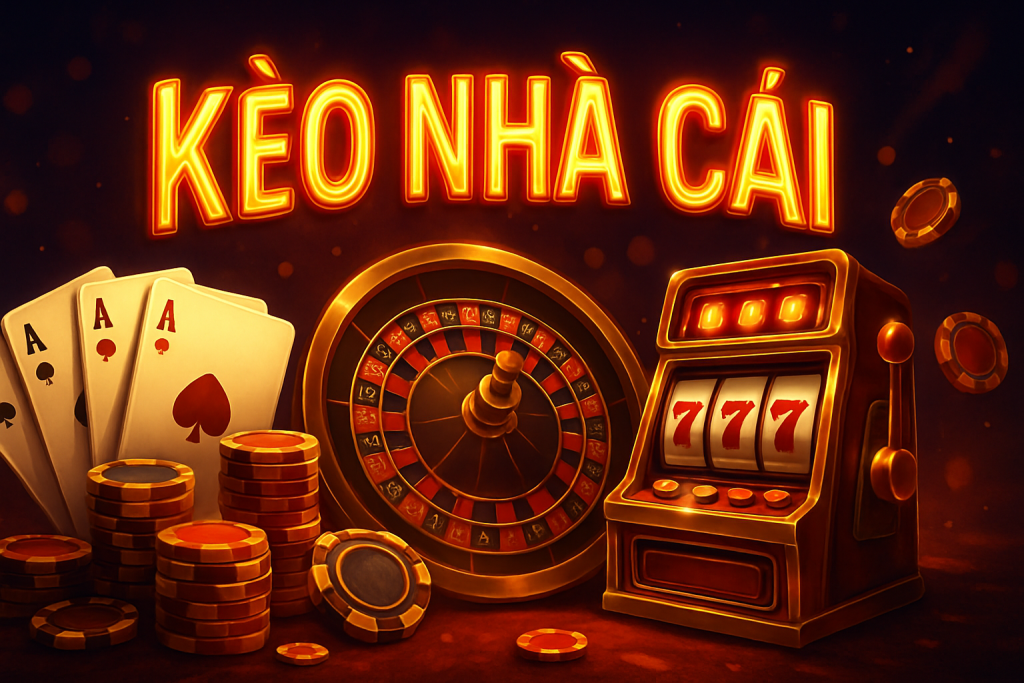
Casino games are not just designed to entertain. They are crafted to capture attention trigger emotion and keep players engaged. From colors and sounds to reward systems and gameplay mechanics every element is built with a psychological purpose. For players who want a smarter perspective on where and how to play keo nha cai provides reliable insights into trusted platforms and fair games.
One of the most powerful tools in game design is the use of visual appeal. Bright lights spinning reels and flashing symbols create an exciting atmosphere that grabs attention instantly. Colors like red and gold are often used because they evoke feelings of excitement wealth and urgency. These visual cues stimulate the brain and encourage continued play.
Sound is equally important. The dings buzzes and celebratory jingles that follow a win—even a small one—are not random. They are designed to trigger a positive emotional response and make the player feel rewarded. In many cases these sounds play even when the player has lost money giving the illusion of a win and keeping them motivated to keep going.
The layout of casino games also plays a psychological role. Slot machines and digital games are often structured to give frequent small wins. These wins may not exceed the original bet but they create a sense of progress and success. This technique known as “losses disguised as wins” keeps players engaged and makes them more likely to continue playing.
Random rewards and unpredictable outcomes fuel excitement. Human brains are wired to respond strongly to unpredictable rewards a concept known as variable reinforcement. This principle is used in most casino games where the next spin or card could be a big win or a total loss. The uncertainty keeps players coming back for more.
Many games also use near misses to keep players hooked. In a slot game for example a player might land two jackpot symbols and the third stops just above or below the win line. Although it is still a loss the near miss gives the player a feeling that they were close to winning and encourages them to try again.
Casino games often encourage longer play by providing instant feedback and rapid game cycles. Each round takes only a few seconds giving players constant stimulation and little time to reflect. The fast pace increases immersion and reduces the ability to make thoughtful decisions especially over longer sessions.
Another technique involves personalization and immersion. Many games allow players to choose avatars adjust settings or unlock achievements. These features create a sense of ownership and emotional connection making the experience more enjoyable and harder to walk away from.
Some games even introduce levels progress bars or missions. These elements turn gambling into a game-like experience with goals and rewards that extend beyond simple wins. This gamification increases engagement and adds another layer of motivation to keep playing.
Mobile and online platforms take these techniques even further. Push notifications special offers and time-limited bonuses create urgency and a fear of missing out. These tactics encourage players to return frequently and stay engaged longer.
While these design choices can enhance entertainment they also carry risks. Players who are unaware of these psychological techniques may find themselves playing longer than intended or spending more than they can afford. Recognizing how games are designed helps players stay in control and make better choices.
In conclusion casino game design uses psychology to create an engaging and often irresistible experience. From visuals and sounds to reward systems and game structure every detail plays a role in player behavior. Understanding these tactics empowers players to enjoy the games without falling into harmful patterns.